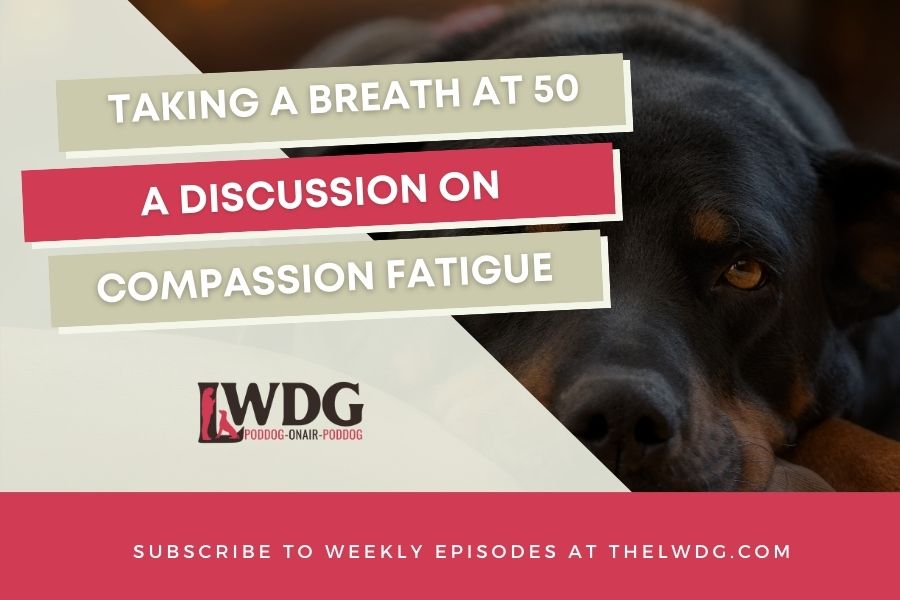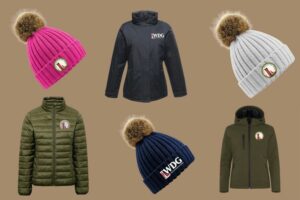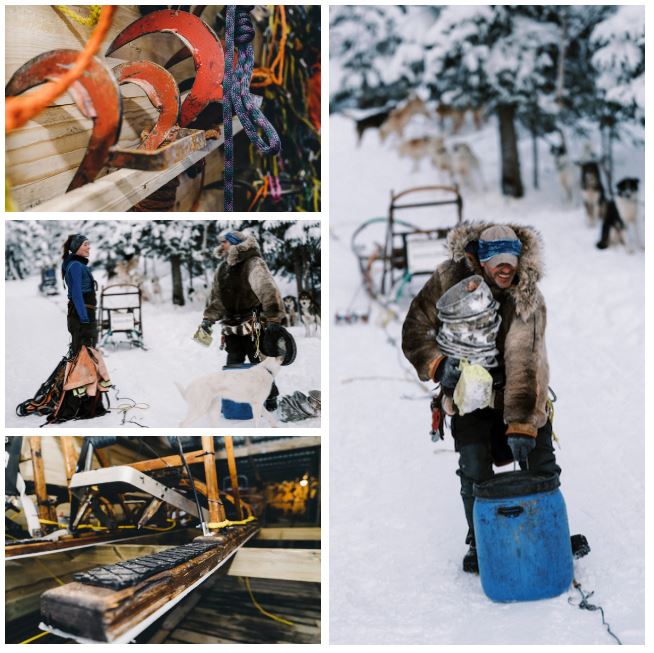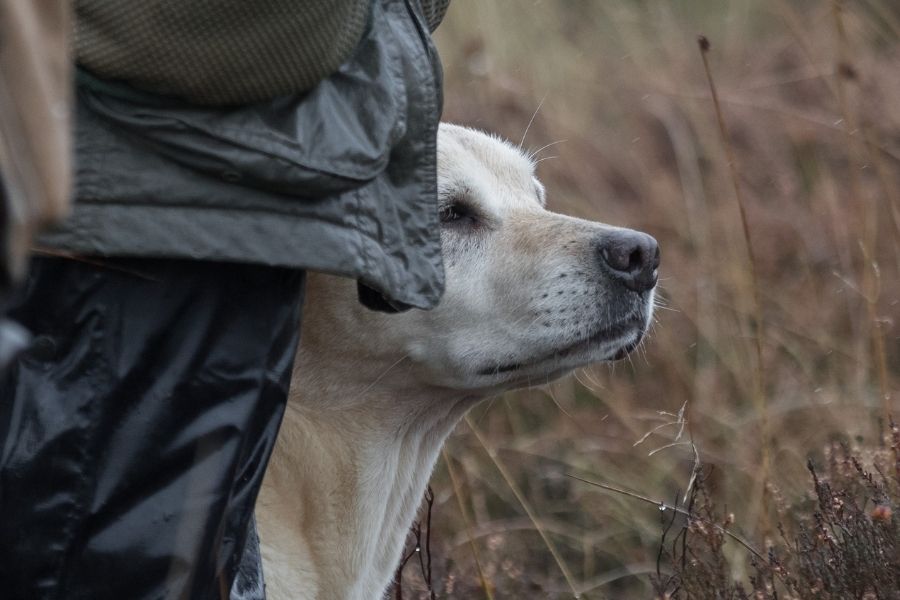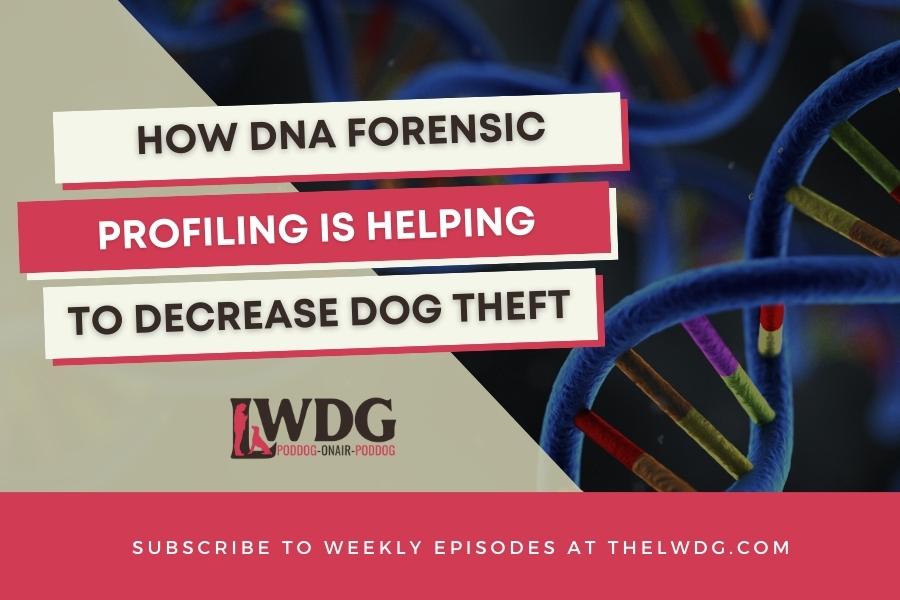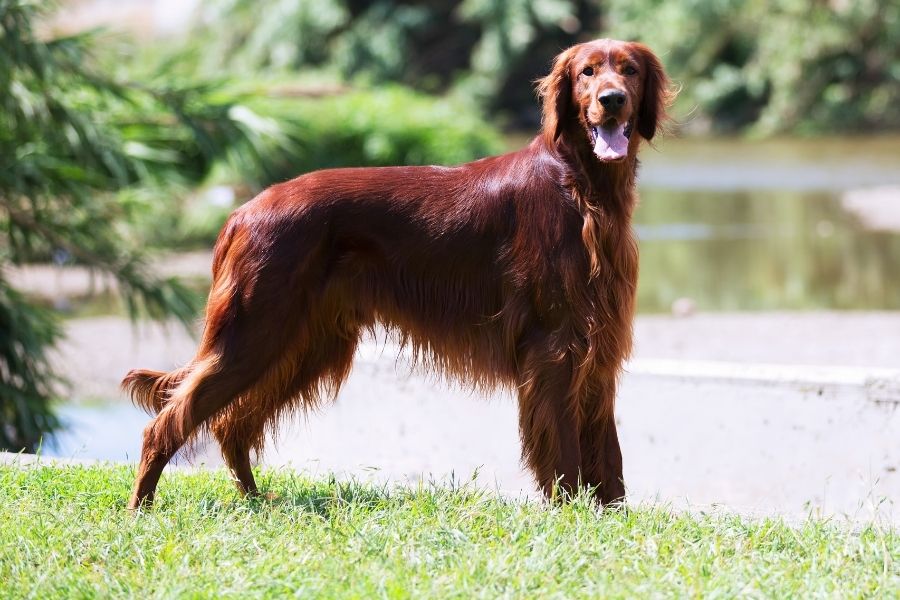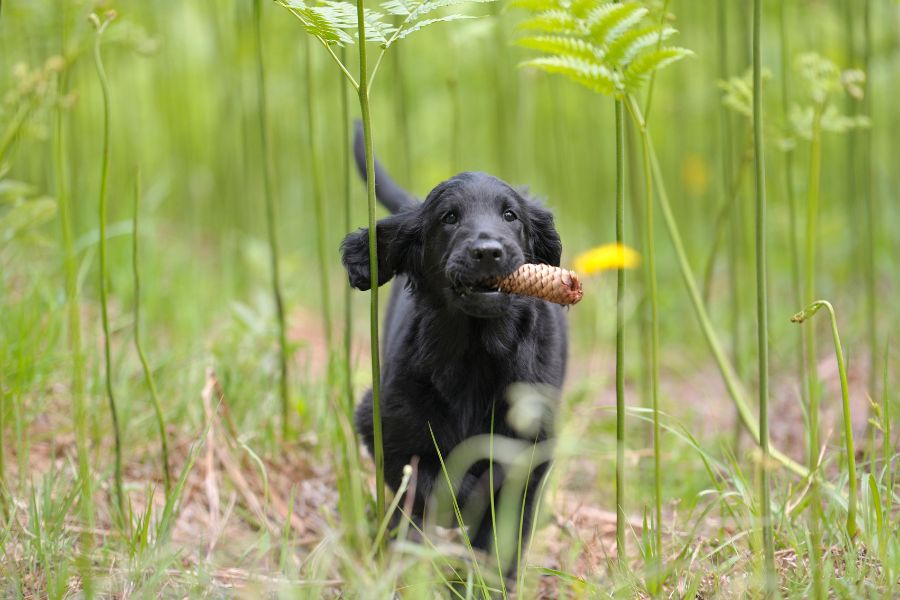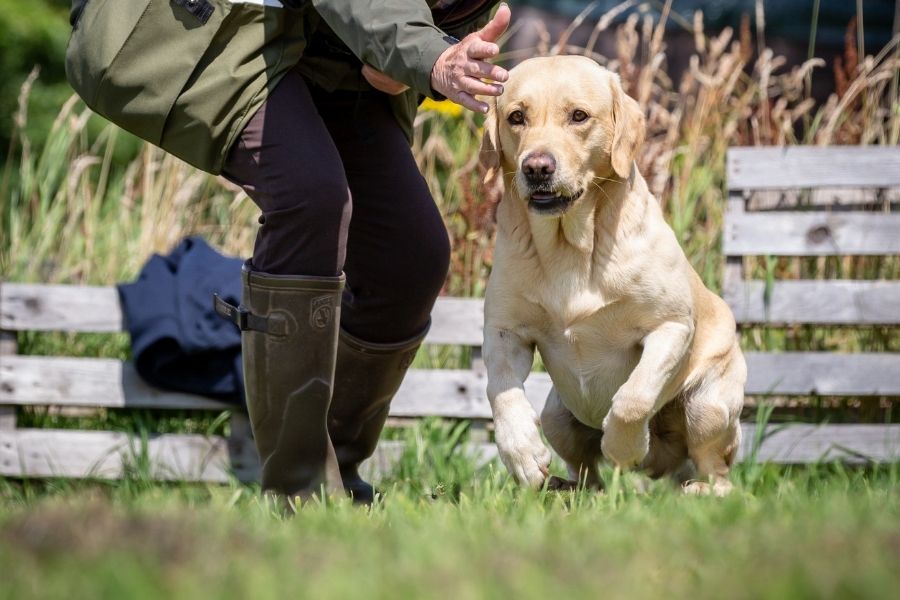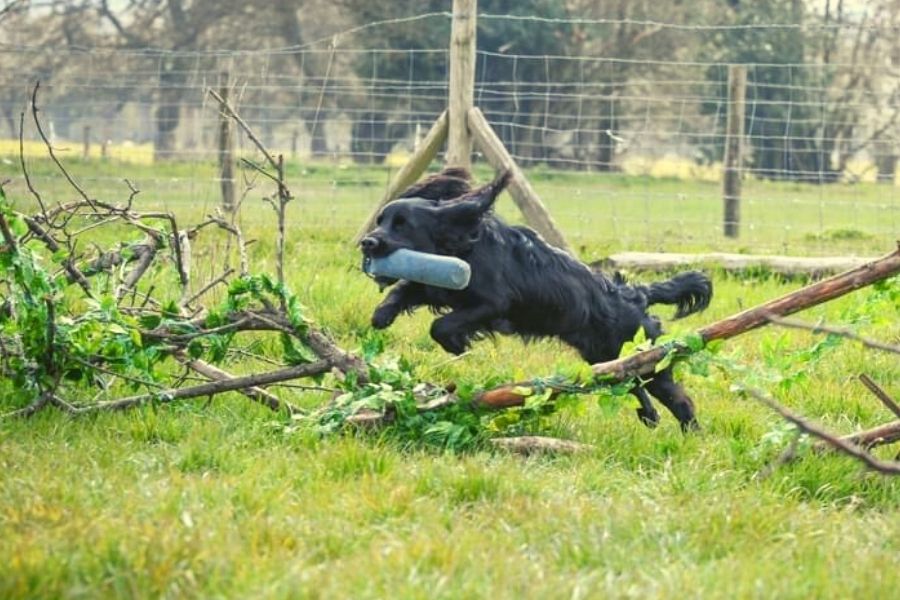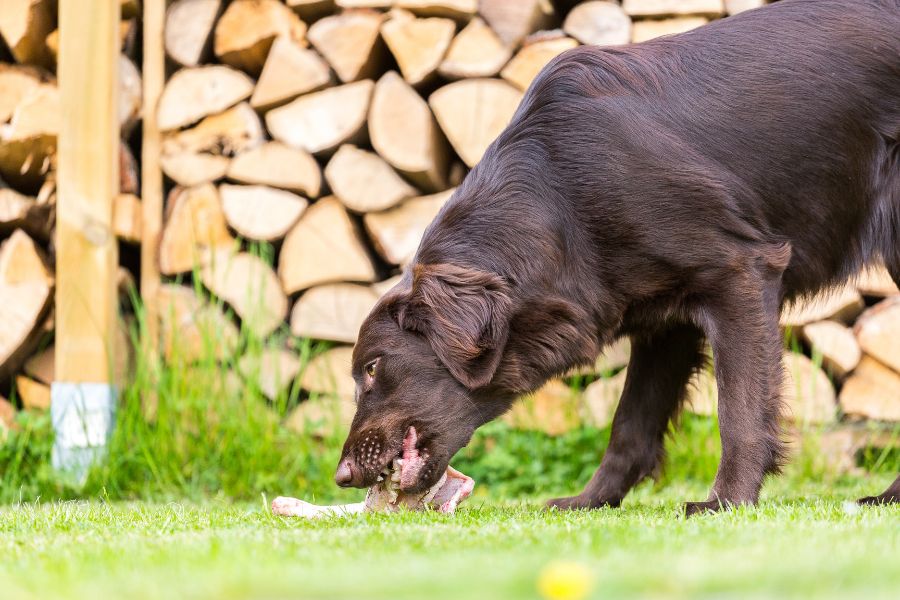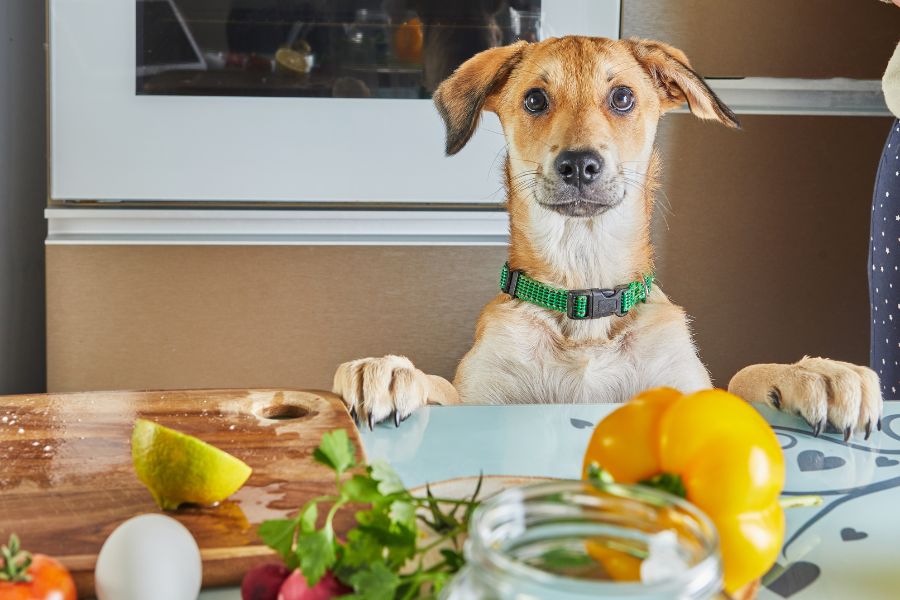If you own a dog, it’s important to be aware of the signs and symptoms of pyometra, a condition that can be life-threatening if left untreated. In this blog post, we’ll discuss what pyometra is, how to identify it in your dog, and what treatment options are available. By being informed and taking action quickly if your dog does develop pyometra, you can help keep them healthy and happy for many years to come.
What Causes Pyometra in Dogs?
Pyometra is a serious yet, sadly, a common reproductive disorder in female dogs. This disorder arises from a hormonal imbalance along with the changes that occur during each heat cycle.
During the cycle, the uterus thickens as it prepares to carry offspring; however when this happens on repeat, it alters permanently and accumulates extra tissue that cannot be shed away.
Pyometra is most likely to form after repeated heats but can even arise in females who have never been bred or had an estrus in the past.
In cases of dog pyometra, the most frequent cause is E. coli bacteria. Other causes include progesterone-based drugs which affect the hormones related to reproduction and can cause pyometra. Therefore, it’s very important to monitor dogs on such therapy for any abnormal signs or symptoms related to this condition.

Pyometra is a serious infection of the uterus that can occur in dogs
Pyometra is a serious yet often preventable condition in dogs that results from a bacterial infection of the uterus. It is important to be aware of signs indicating its presence, as proper diagnosis and treatment are essential to prevent life-threatening complications.
Common signs of pyometra include lethargy, loss of appetite, foul-smelling vaginal discharge, pus, blood, abdominal swelling and frequent urination.
Dogs with an open cervix — meaning that they are producing white or yellow vaginal discharge — generally have a better prognosis than those with a closed cervix as the discharge is visible early on. A pyometra involving a closed cervix is more concerning as symptoms may not be noticeable. While some canine health problems cannot be avoided entirely, it is possible to reduce your pet’s risk for pyometra by spaying them early. This will help eliminate this potentially deadly reproductive complication.
Symptoms include increased thirst, urination, and appetite
Pyometra is a serious condition in female dogs that can be life-threatening if not treated promptly. Characterized by the accumulation of fluid and infection in the uterus, this disorder can lead to several noticeable symptoms in your pet.
One of the main signs of pyometra is an increased thirst and urination frequency that may go beyond the usual ranges for normal daily habits. Some dogs with this condition also tend to have an increased appetite due to dehydration, which can be partially alleviated by drinking lots of clean water.
If you notice any of these symptoms or additional signs such as vomiting, depression, lethargy, loss of appetite, and unusual foul-smelling discharge from the dog’s vagina, contact your vet immediately for proper diagnosis and treatment.
If left untreated, pyometra can be fatal
Pyometra is a potentially fatal illness affecting female dogs. The infection of the uterus can lead to serious health problems, including organ failure and death if it is left untreated. Early diagnosis and prompt treatment with antibiotics are important for preventing this severe condition. Without proper medical treatment, pyometra can be life-threatening; however, with timely intervention, the prognosis is typically very favourable.

Treatment typically involves surgery to remove the infected uterus
Treating pyometra usually involves surgery to get rid of the contaminated uterus. This might sound daunting; however, the early surgical intervention significantly increases the chance of a successful outcome and provides an excellent opportunity for your pet to return to its regular health quickly.
During the procedure, a vet will typically remove the uterus and ovaries while also taking steps to clean out any infection (such as flushing with antibiotics) that might be present. Afterwards, your pet may be prescribed medications to maintain its health until they have recovered from the surgery. It is essential to remember that the earlier surgery occurs, the better prognosis for your pet’s recovery!
Recovery from pyometra surgery is typically good, but it is important to monitor your dog closely for any signs of complications
After pyometra surgery, recovery is typically positive as long as your pet receives proper post-surgical care. However, just like any surgical procedure, it’s essential to keep an eye out for potential complications during the recovery process.
Monitor the incision sight for excessive redness and swelling, be sure that they maintain their appetite and drinking habits, and contact your vet if they display signs of fatigue or pain. With love, care, and attention to detail regarding their recovery process, your dog should get back to feeling happy and healthy soon.

My dog is a valuable breeding female. Is there a treatment other than surgery?
There is a medical approach to treating pyometra, although the success rate is highly variable and not without considerable risk and potential long-term complications. Once a litter is produced it is still recommended you then spay to remove the risk. You can find out more about this here.
We cannot stress enough: If you think your dog may be suffering from pyometra, it is important to take her to the vet as soon as possible. Treatment for this serious infection typically involves surgery, and if left untreated, can be fatal.



